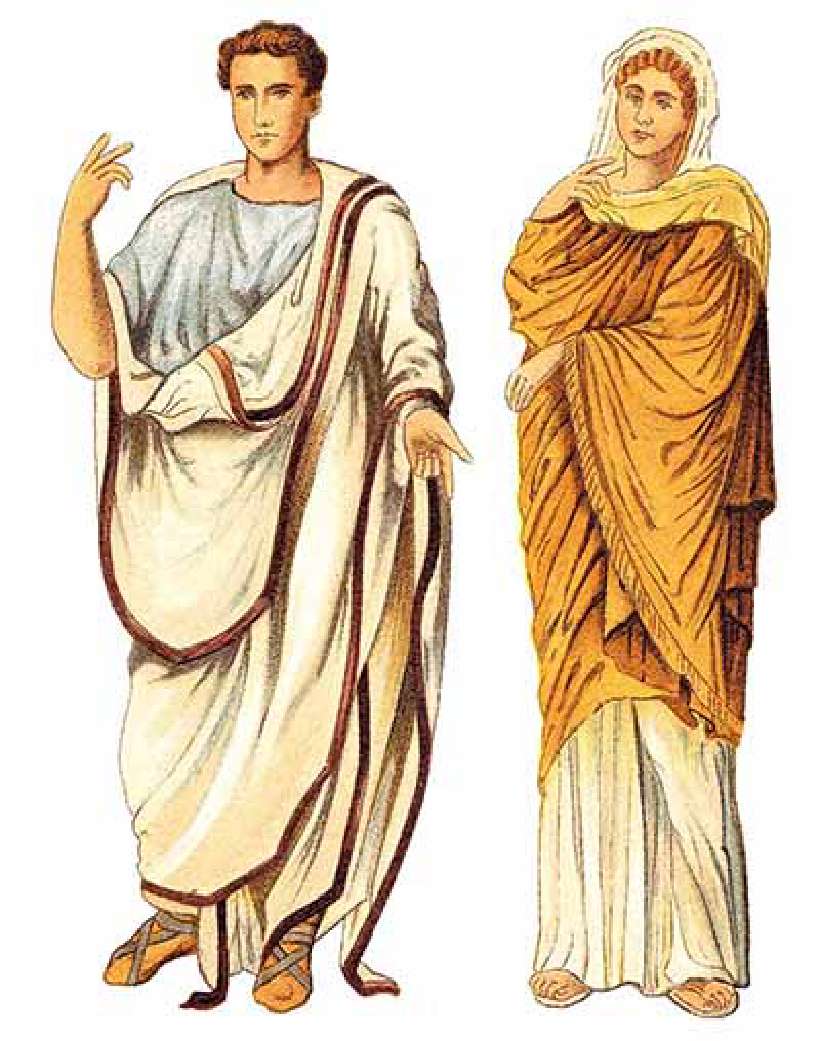Suitcase – checked. Diary – checked. I am writing my last lines before I take off in the time machine. Time machine – checked! This time it’s going to ancient Rome at the height of its empire. Only this morning I read somewhere that when in Rome, do as the Romans do. If you want to accompany me, sit in your seat, hold the mouse firmly, and whatever you do, don’t press the escape key on your keyboard.
Whoosh!
I have reached the Rome of about 1700 years ago (if you want to have the correct year, 1688 years ago). I have landed on a road called the Via Appia Antica. There’s great excitement in the air. It seems there is a big gladiator fight on at the Colosseum – that huge open air stadium built for gladiatorial sport, where people were seated according to their social class.
That old man in the corner does not seem to be very bothered, though. He looks very relaxed. He is wearing a tunic with a large woollen cloth. It is not sewn or pinned, just draped carefully over the tunic (now I know from where Bollywood superstar Amitabh Bachchan learnt to drape his shawl like that).

The old man tells me that it is called toga, and is considered the typical male dress of Rome. You can tell from a person’s toga as to how important or wealthy a person he is. An off-white toga with a broad purple border is associated with the upper classes. An off-white toga that is not dyed at all is worn by a commoner or plebian. That fashionable looking man has his hair longer than the others who seem to like their hair cut short.
The women are wearing something more voluminous and woollen. It’s a long piece of cloth draped around their waist, with the excess material folded and pinned on both shoulders. Wealthy women use golden or silver brooches to fasten the cloth over their shoulders. I must say their hair styles are very elaborate. And their hair seems to be bleached.
The old man says this is the basic garment for women, and is called doric peplos and has been worn by women since the beginning of the sixth century BC. Made from a rectangle of woven wool, it measures about six feet in width and about eighteen inches more than the height of the wearer – from shoulder to ankle in length.
I don’t think I’m in the mood to watch a gladiatorial contest, so I am heading for home.
Home again to books and the Web
Okay, my research makes a lot of things clear. False hair, wigs, hair lotions and dyes were all known to the Romans. Much like today, many women had their hair bleached blonde. There was a flourishing trade in blonde hair to supply the demand for false hair. They had very complicated hair styles that their natural hair was not sufficient for.
Even among men, while most of them tended to keep their hair short, the fashionable ones had a liking for hair curled with curling irons, and being pampered for hours at the barber’s’. But they were a small minority.
This is incredible! The more I see of the past, the more I feel that trends keep going back and forth. I no longer know whether I am old fashioned or new fashioned!
573 words |
5 minutes
Readability:
Grade 5 (10-11 year old children)
Based on Flesch–Kincaid readability scores
Filed under: features
Tags: #machines, #gladiatorial, #romans
You may also be interested in these:
The Birth of Christ
The Silken Web
Coconut Oil + Kerosene = Fuel
Girl Power in Gaul!
What an Enigma!